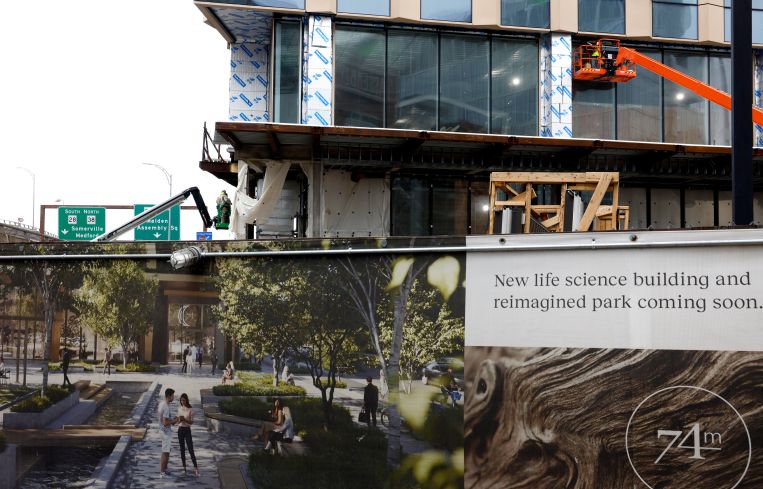Life Sciences Construction Slows to Meet Tepid Demand, Higher Costs
By Mark Hallum October 3, 2024 3:30 pm
reprints
Life sciences developers may need some lifesaving therapies of their own as demand dries up.
Increasing costs of construction materials and equipment coincided with a two-year decline in the amount of lab space being built — a saving grace for commercial real estate in recent years — according to a report from CBRE.
With those construction costs climbing between 20 to 25 percent on a national level since the beginning of the pandemic, the development pipeline is expected to decline to pre-COVID levels by 2026, the report found. It may not be all that bad, as 72 percent of the 21.2 million square feet under construction is still unleased, according to a report from CBRE.
After all, net absorption of lab space in the U.S. is less than half of what it was in the second quarter of 2023, when it hit 40 million square feet.
“Cooler heads are prevailing,” Matt Gardner, who leads CBRE’s advisory life sciences practice, said in a statement. “Lab landlords are returning to the pre-2021 approach to development, reflecting the realization that the temporary peak was an aberration, not a new normal. We continue to see the higher costs of fit-out that reflect the highly specialized nature of life sciences space.”
As the pandemic presented challenges to the office market, many landlords began converting unused office space into life sciences centers, which made up about 35 percent of all construction projects in the first quarter of 2022, according to CBRE.
In the second quarter of 2024, however, the number of conversions to labs was recorded at 20 percent of all construction projects, similar to what it was in the first quarter of 2020. And some owners have been going in the opposite direction recently, marketing lab spaces as office spaces instead, the Wall Street Journal reported.
Only about 22 percent of all life sciences construction projects in the second quarter of 2024 were build-to-suit, with tenants signed on before shovels were in the ground. Only 10 percent of space built speculatively was pre-leased in the same period, according to CBRE.
And the amount of space hitting the market is expected to slowly taper off.
CBRE estimates about 10 million square feet will be delivered throughout what remains of 2024, followed by 7.2 million square feet in 2025, 3.1 million square feet in 2026 and less than 1 million in 2027.
Mark Hallum can be reached at mhallum@commercialobserver.com.


